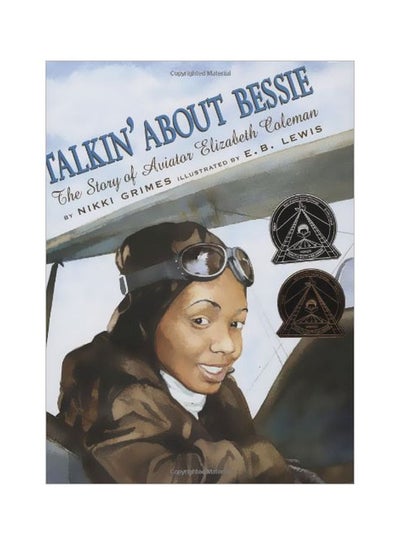91.00AED
97.00-
Lowest Price 91.00
-
Highest Price 97.00
-
Recent Price Drop -6.2%

91.00AED
97.00